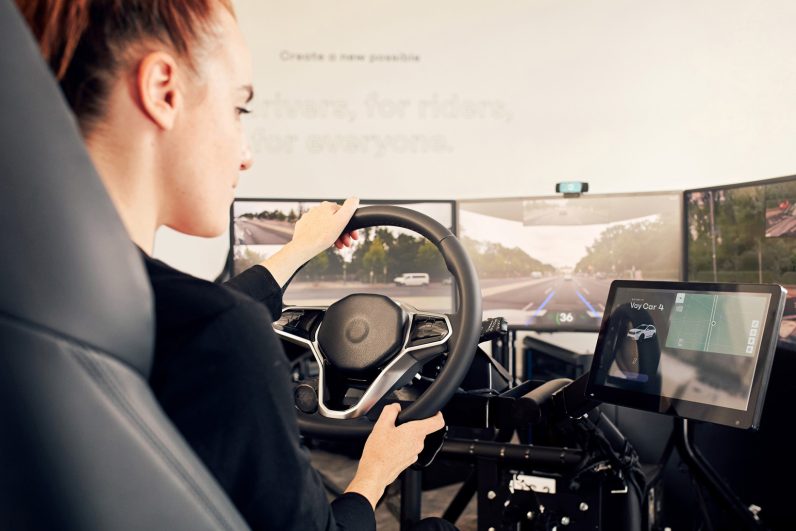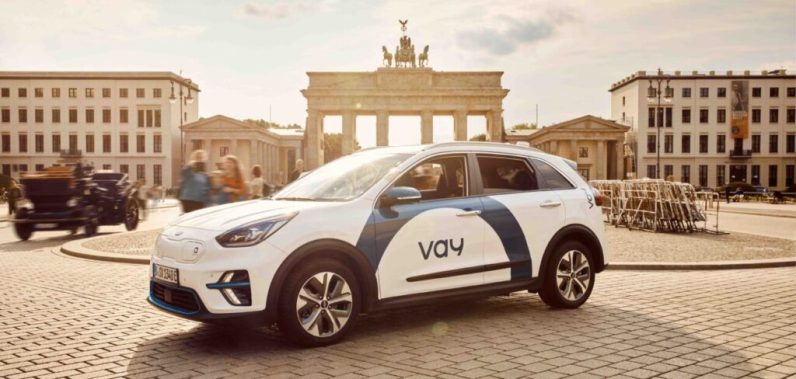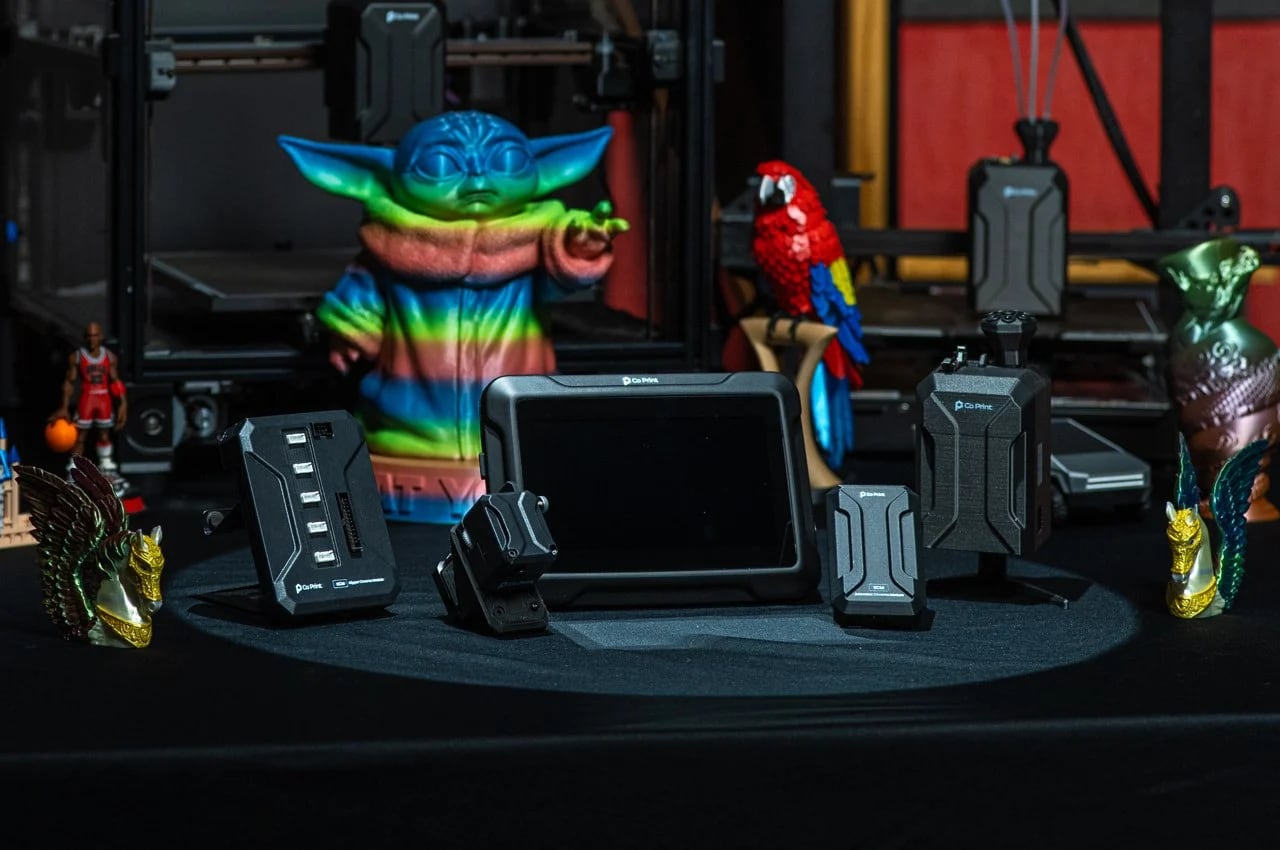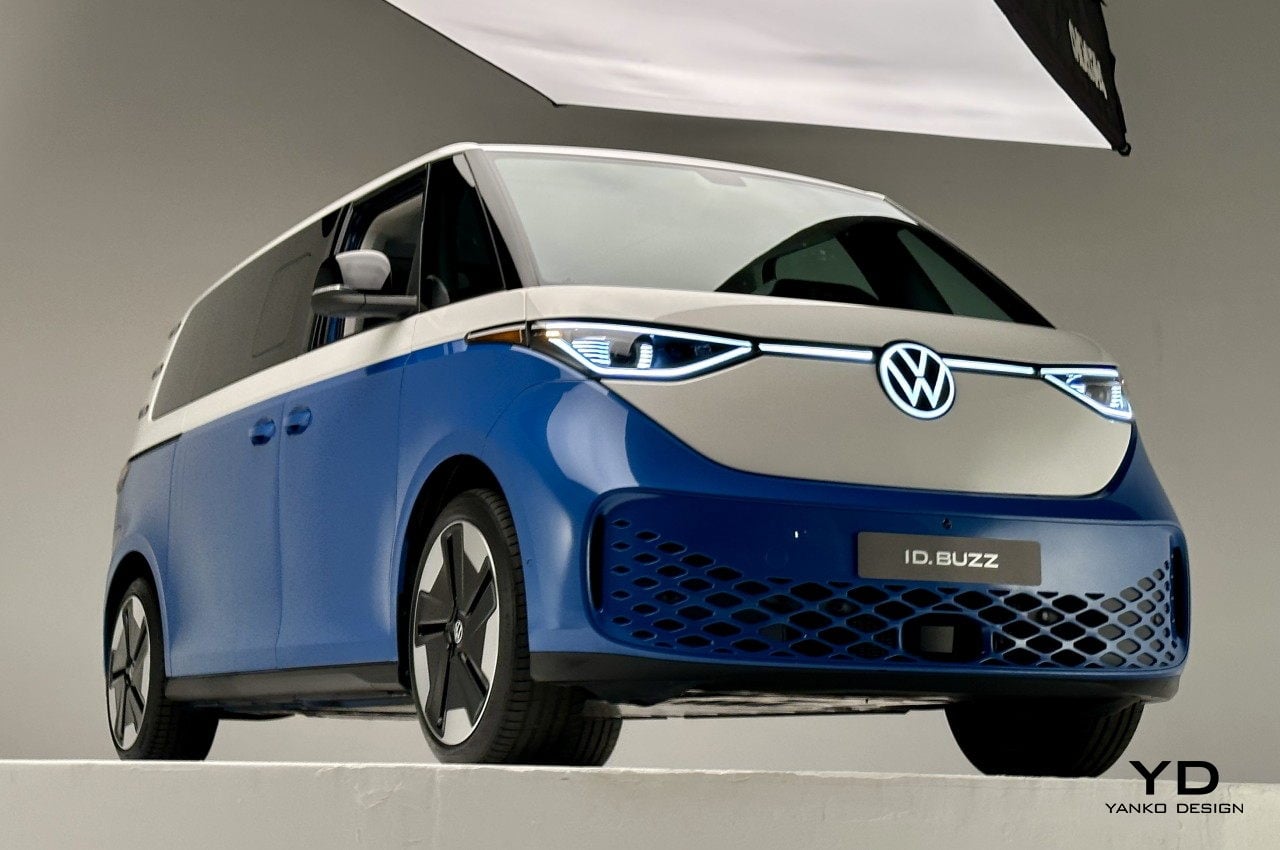#Remote-controlled cars are preparing us for our autonomous future

Table of Contents
“Remote-controlled cars are preparing us for our autonomous future”
But there’s something that can help this transition, that can bridge the divide between the autonomous believers and self-driving sceptics: remote-controlled vehicles.
And no, we’re not talking about toy cars, these are real, adult-sized, remotely-driven automobiles. In this piece, I’m going to explain how they work, the commercial and technological implications, and if they can help ease us into an autonomous future.
What are remote-controlled cars?
Join TNW in Valencia!
The heart of tech is coming to the heart of the Mediterranean
Fundamentally, a remote-controlled car is a vehicle that can be operated by someone who’s not physically sitting inside it.
Instead, the person controlling the car is in a remote location, but sees the road just as though they were behind the wheel. As well as on-the-road applications, remote-controlled vehicles are also used by the military in scenarios where removing the driver is the safest option.
How remote-controlled carsharing works
Imagine it: you book a vehicle via an app, but rather than you having to go and find it, the car is driven remotely to your door by someone in a command centre. Once you start driving, you gain complete control of the vehicle, and — upon your exit — the remote operator resumes control and drives the car to its next customer.
How remote-controlled carsharing can capture the public’s imagination
People don’t like change, especially when they are used to the convenience of stepping outside the door, jumping in their car. Who wants to walk to car share a few streets away when it’s raining, or when you’re juggling shopping, kids, or luggage? That’s what remote-controlled carsharing delivers over the more common smart rentals.
As much as many would like us to move away from automobiles, the fact remains that, despite the best efforts of town planners to institute micromobility schemes and public transport infrastructure, the number of cars purchased is steadily increasing in Europe.
For example, in Germany, statistics reveal that there were 580 cars per 1000 inhabitants in 2021. Ten years ago, it was 517. The proportion of households with two cars also rose from 23.4%to 27% during this time.
And if we look at the utility of these privately purchased cars, despite the love of driving, most of them are driven for an hour a day, if that, and then parked for the remaining 23 hours.
Carsharing provides an alternative to privately owned vehicles, reducing the need for single or multi-car-owning households. It saves drivers money as there’s no responsibility for annual registration, insurance premiums, repairs, or charging costs.
Another huge benefit is that drivers can try different cars based on their transport needs for each trip. For example, if you need to transport a group, you can select a people carrier. Need to move something? A van. On top of this, carsharing can offer first-time exposure to electric vehicle driving, a great litmus test for people traditionally concerned about range anxiety, as well as meaning fewer gas-guzzling vehicles on the road.
Drivers also get to appreciate the actual cost of each journey, which may motivate them to opt for other forms of transport for shorter trips.
There’s also a more prosaic reason — many people drive because they enjoy driving, and cannot imagine a future when they don’t have the opportunity to sit behind the wheel, at least sometimes. Remote-controlled carsharing doesn’t take this away. Well, at least not yet.
Cities also benefit because from these schemes, as they reduce the need for parking infrastructure, such as garages, lots, and on-street zones.
The commercial opportunity for remote-controlled carsharing
Car sharing provides a bridge between automobile ownership and a future of on-demand, fully autonomous vehicles. And when you add remote-control operations into the mix, things get interesting.
There is an important note to reiterate here though. If you order a remote-controlled vehicle, you’re not getting an AI manoeuvring the car. Instead, it’s an actual human.

The automobile is driven to you by a person stationed in a control room who sits at a console with a steering wheel and the appropriate pedals. They view a screen that broadcasts a 360-degree view of the roads. Radar and audio sensors transmit data — like road traffic sounds, and warning signals from emergency vehicles — to the remote driver’s headphones. This happens in real-time over 4G (and, in some cities, 5G).

All of this equates to one thing, according to co-founder Enn Laansoo Jr of Estonia’s remote caring sharing company Elmo: safety. There’s no one driving under the influence or speeding. There’s also less of a risk of distraction, as operators are doing nothing else but driving. Compare this to a taxi driver that may be “multitasking using apps, looking up addresses, and talking on the phone.”
And distraction is the enemy of reactiveness. He explains the challenge of human latency: if you see something, it takes 800 milliseconds to react, “But If you’re checking a cell phone at that moment, then it’s one-second plus because you’re not focusing.”

I also spoke with Thomas von der Ohe, the co-founder, and CEO of Vay. He previously worked on Amazon’s Alexa and at robotaxi startup Zoox. He shared that his six years in the Bay Area building autonomous cars taught him about the technical, regulatory and industry challenges for mainstream autonomous vehicle adoption.
He sees the value of humans being still in the loop. “We don’t have to solve edge cases, where you must validate billions of kilometres of driving to understand what could happen because a human is always in control.” Vay is currently testing its remote driven vehicles in Berlin, and aims to launch its service in Europe and the US next year.
If there’s one part of the world that’s striding ahead in the field of remote-controlled carsharing though, it’s eastern Europe.
Looking to Estonia for the future of mobility
Estonia is a country that has embraced the role of technology in mobility and operates as a testbed for innovation. The country is the birthplace of Starship Technologies, makers of autonomous delivery robots, ridesharing giant Bolt, and Iseauto’s autonomous roboshuttles.
In the case of remote-controlled vehicles, there’s Elmo and Clevon who teleoperate mid-size delivery vehicles.
According to Laansoo from Elmo, remote people-carrying kicked off five years ago. The Minister of economics started to analyze existing road regulations and found that “the traffic law says that the car must have a driver, but it doesn’t say where the driver must be located.”
This was soon seen as an opportunity —”from the government level, to startups and local citizens” — resulting in many market-ready solutions.
Currently, Elmo operates remote vehicles in Estonia. Its fleet has completed 20,000 rides, a number which, according to Laanssoo, is okay for Estonia, but would need to match these numbers in cities in France and Germany to scale meaningfully. The company has attracted interest in both countries, as well as Finland, Switzerland and the US.
While Estonia is roaring ahead, there are other companies also trying to muscle in on the remote-controlled carsharing sector. There’s the aforementioned Vay in Berlin, Imperium Drive is trialling a comparable service called Fetch on private land and sports stadiums in Milton Keynes, and Halo in Las Vegas.
One of the most interesting is the London-Maltese company Trilvee, developers of small electric three-wheel autocycle vehicles (technically classified as motorbikes). The company showcased a prototype recently at Slush in Helsinki and is currently looking at pilots in the UK and Malta.
Remote control applications also exist in the industrial transport and logistics sector, with companies such as Fernride (Germany) and Einride (Sweden) exploring this.
An industry still in its infancy
But there are still unknowns given the infancy of remote-controlled carsharing. For example, Laansoo raised the challenge of remote operator fatigue. Currently, there’s not enough data to determine the optimal duration of a work shift, the best chair, screen size, and other infrastructure.
Then there’s recruitment — what makes a good remote driver? Laansoo suggests it could be anyone from a “60-year-old truck driver or a virtual rally driver.” But there are so many questions about liability, ensuring remote drivers aren’t distracted or inebriated that need to be ratified.
Furthermore, the remote nature of the work could cause conflict in local cities if providers take their operations offshore, so this needs to factor into licensing.
With regulations already in place, Estonia and Germany are poised to be the first countries to roll out the technology fully. Elmo is already discussing licensing its technology to other rideshare operators in Europe.
But if we see remote control cars as a stepping stone to full ridehailing vehicle automation, how exactly does one lead to the other? It’s not entirely clear. Will it be an autonomously operating vehicle that comes to you, which you then take over the wheel? Laansson questions the financial merit, suggesting “it only really makes sense in a taxi where the driver’s salary is 50% of all costs.”
Comparatively, von der Ohe sees his company’s product offering scaling up to increased automation, leveraging the data generated by fleets over time.
The fact remains that we are still Level 4 in terms of any commercial vehicle automation. Even Starship, with their small robot delivery fleets, still need remote safety drivers in the background, as do autonomous robovehicles on the roads today.
The reality is that autonomous vehicles are complex and expensive, and we need fewer cars on the roads. Furthermore, whatever exists needs to complement and coexist with public transport, micromobility, autocycles, and ebikes. And, in the future, eVTOLs and perhaps even hyperloops.
At some point, autonomous vehicles will arrive, but it’s still unclear when. But what remote-controlled vehicles can do is bridge this gap, getting people used to the idea of such vehicles, and ensuring they work smoothly alongside other forms of transport.
All we know for sure is that the future is one of human-machine collaboration — and we can’t wait to see if in action.
If you liked the article, do not forget to share it with your friends. Follow us on Google News too, click on the star and choose us from your favorites.
For forums sites go to Forum.BuradaBiliyorum.Com
If you want to read more like this article, you can visit our Technology category.




